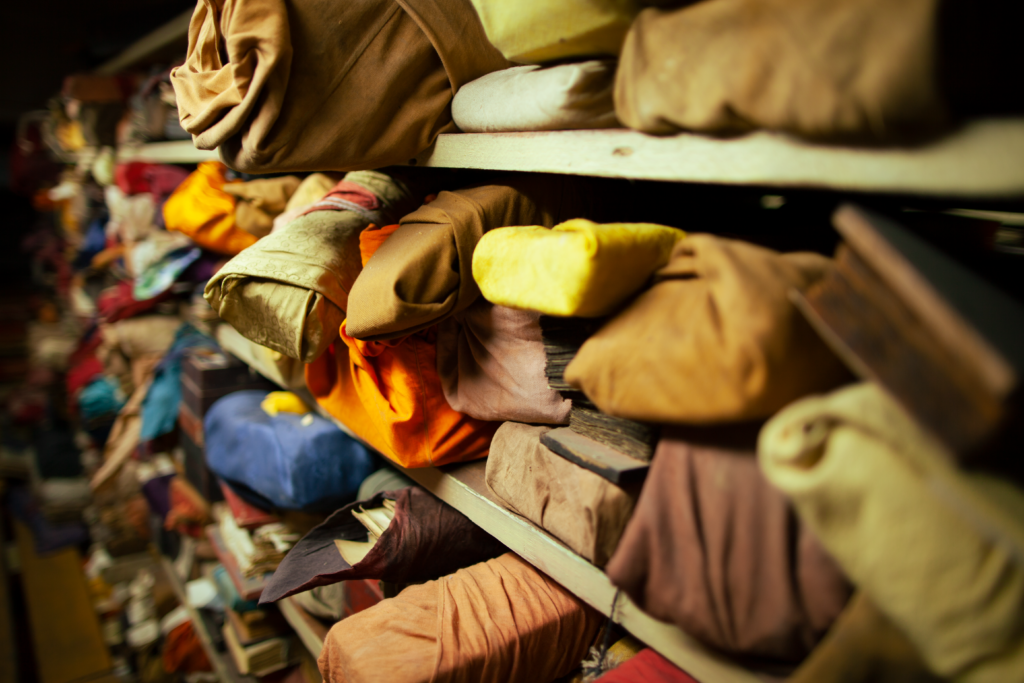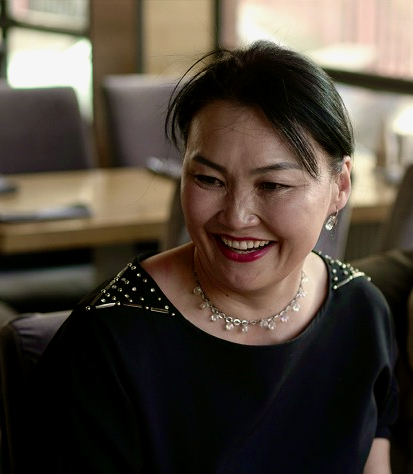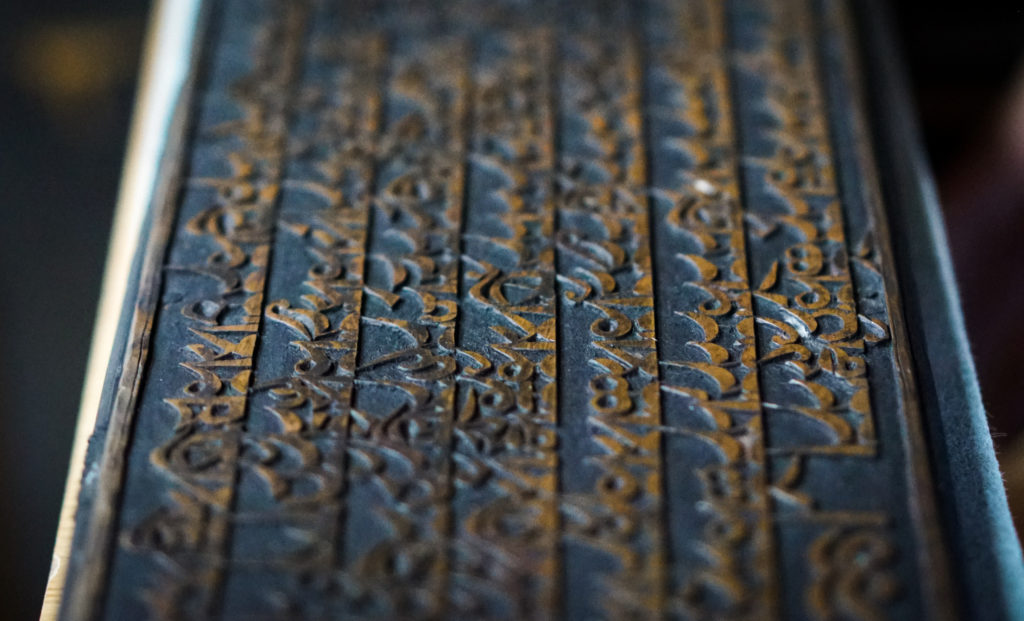Preserving timeless wisdom at the National Library of Mongolia
The National Library of Mongolia (NLM) is an extraordinary cultural treasure which holds traditional Mongolian knowledge from across generations. Since 2018, ALL has been consolidating, documenting, and restoring the library’s collections–a project of critical importance for both the Mongolian public and the global community. Rituals, epic stories, treatises on government, land use, architecture, music, and indeed all cultural forms are documented in the literature of Mongolia. From the thirteenth century on, this body of work was safeguarded in private libraries, homes, and small institutions, forming a stable cultural foundation throughout the country.

The material held in the National Library of Mongolia today is of enormous cultural significance to the Mongolian people. Traditional knowledge, cultural practices, and a way of life are all captured in classical literature and documented in 41,000 volumes of manuscripts and woodblock prints in Tibetan language, and more than double that amount in Mongolian, Chinese, and Manchurian languages. NLM’s Tibetan collection encapsulates Mongolia’s cultural and intellectual development across time; many of the collection’s volumes illuminate Mongolian perspectives on Buddhism, a culturally pivotal yet understudied topic.

While NLM’s ability to manage the scale of its cultural holdings has greatly improved over the years, the storage systems in place at the National Library render the collections severely vulnerable, and the material is at risk of being permanently lost. The library administration has sought technical assistance from collaborators to address these conditions. Since 2001, the Asian Legacy Library (ALL) has maintained strong relations with each successive NLM director, offering its expertise in scholarship, preservation, and library science. In 2018, ALL and the NLM initiated a framework for partnership.

Now, under the leadership of a brilliant young director, Ichinkhorloo Bayarkhuu, NLM is eager to engage with ALL to complete this critical effort to restore its holdings, and in doing so, contribute to preserving the literary heritage of Mongolia itself. The preservation of collections at the National Library of Mongolia will enable the Mongolian public, as well as scholars, students, and researchers across the globe, to access digital catalogs of these vital, understudied collections for the first time in history, in perpetuity. For the first time, Mongolian and global communities can engage with material held at NLM, leading to deeper understanding of and appreciation for the richness of Mongolian cultural heritage.

Progress to date
Starting in 2018, ALL has set up digitization and cataloging operations in a reading room at the National Library archives. So far we have scanned, page-by-page, 1,283,698 pages from 4482 volumes, cataloged 7129 volumes which include more than 63,590 titles of works. We have a significant amount of work to do, as there are 41,000 volumes in the library.

Types of Texts Discovered
Since 2018, we found over 436 genres, including commentaries, ritual songs, sadhanas, sutras, biographies, medical texts, and many, many more. The most common types of material are commentaries, songs of realization, compendiums of practice texts, sutras, miscellaneous collections, detailed explanations of philosophical works, and massive collected works, edited and assembled by traditional colleges over the past 500 years.
The Brightest Minds
We found 383 authors, some of the brightest minds of Buddhist culture. The top ten we found composed vast treatises on Buddhist doctrine: The The First Jamyang Zhepa, Jamyang Zhepai Dorje, Tsongkhapa Lobzang Drakpa, Chokyi Gyeltsen, The Fourth Paṇchen Lama, Lobzang Chokyi Gyeltsen, The Third Gungtang, Konchok Tenpai Dronme, The Fifth Dalai Lama, Ngawang Lobzang Gyatso, the Third Ganden Tripa, The Third Tukwan, Lobzang Chokyi Nyima.

The Treasure House
As deep as it is vast, the National Library of Mongolia contains a stunning variety of critical literary heritage, written by sages past and present. By preserving this collection, we are making timeless wisdom available to the world, now and into the future.